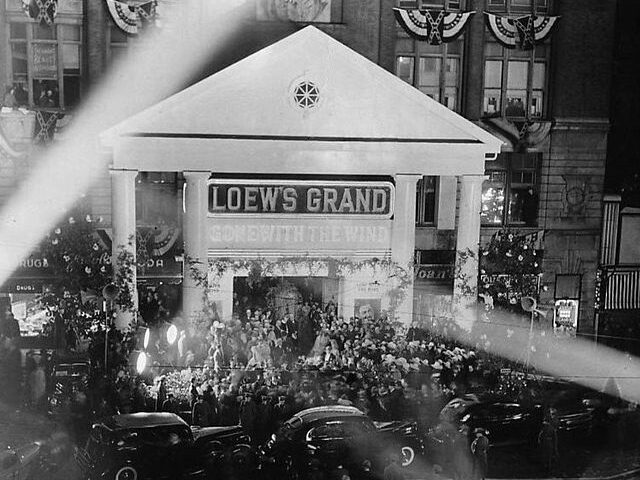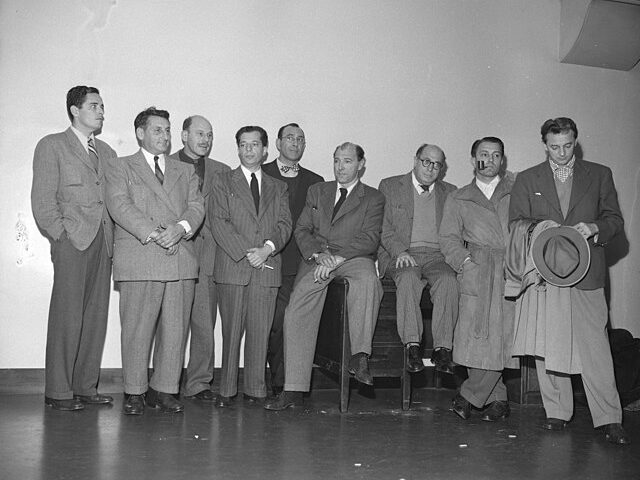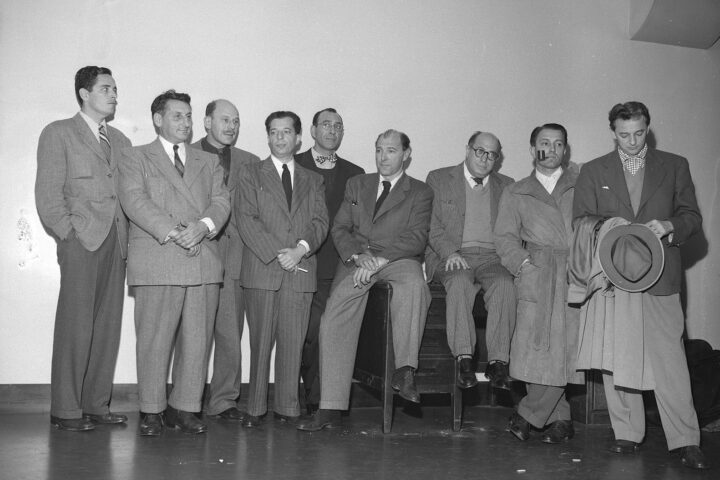In one of the most brutal crimes in modern American history, followers of cult leader Charles Manson carried out a murderous rampage at a Benedict Canyon estate, leaving five people dead — among them the eight-months-pregnant actress Sharon Tate, wife of film director Roman Polanski. The killings, which occurred in the early hours of August 9, 1969, shocked the nation with their ferocity and apparent randomness, and became an emblem of the darker currents running beneath the counterculture era.
Tate, a rising star best known for her role in Valley of the Dolls, had been living at 10050 Cielo Drive while Polanski was in Europe working on a film project. On the night of August 8, she dined at the fashionable El Coyote restaurant with three friends: Abigail Folger, the 25-year-old heiress to the Folgers Coffee fortune; Folger’s boyfriend, Polish actor Wojciech Frykowski; and celebrity hairstylist Jay Sebring, a former fiancé and close friend.
Shortly after midnight, as the group returned home, four members of the so-called “Manson Family” — Charles “Tex” Watson, Susan Atkins, Patricia Krenwinkel, and Linda Kasabian — approached the property under orders from Manson to “totally destroy everyone” inside. Manson himself did not participate in the killings that night but had chosen the house because it was once rented by music producer Terry Melcher, whose rejection of Manson’s musical ambitions had become a fixation for the cult leader.
Before entering the home, the intruders encountered 18-year-old Steven Parent, a recent high-school graduate visiting the estate’s caretaker in a guesthouse. Watson shot Parent four times at point-blank range, killing him instantly. The group then cut the telephone lines and entered the main residence.
Inside, the attackers herded Tate, Folger, Frykowski, and Sebring into the living room. Sebring protested when the assailants threatened Tate, and Watson shot him before stabbing him repeatedly. Frykowski, bound with a towel, managed to free himself and struggle toward the front door, but was pursued and stabbed more than 50 times. Folger, having fled through a bedroom window, was chased onto the lawn by Krenwinkel and stabbed 28 times.
Sharon Tate, pleading for the life of her unborn child, was stabbed 16 times. According to later testimony, Atkins told her, “I have no mercy for you.” In a final act of grotesque ritual, the killers used Tate’s blood to scrawl the word “PIG” on the front door — a reference to Manson’s apocalyptic vision of a coming race war he called “Helter Skelter,” borrowed from the Beatles song.
The bodies were discovered the next morning by Tate’s housekeeper, Winifred Chapman, who ran screaming from the property to alert neighbors. News of the killings spread rapidly, casting a pall over Hollywood and fueling public fears of random, senseless violence.
The murders baffled police for months, especially after another set of killings occurred the following night at the Los Feliz home of supermarket executive Leno LaBianca and his wife, Rosemary. Only later would investigators connect the crimes to Manson and his followers, whose commune at the Spahn Ranch outside Los Angeles had become a hub for disaffected young people drawn to Manson’s manipulative charisma and apocalyptic preaching.
In December 1969, police arrested Manson, Watson, Atkins, Krenwinkel, and Kasabian in connection with the Tate-LaBianca murders. Their trial, beginning in 1970, became a media spectacle, with the defendants’ erratic courtroom behavior and Manson’s carved swastika on his forehead symbolizing their defiance. Kasabian testified for the prosecution in exchange for immunity, detailing the events of the night and Manson’s role in orchestrating the killings.
In January 1971, Manson and three of his followers were convicted of murder and sentenced to death, though their sentences were later commuted to life in prison after California briefly abolished the death penalty. The Tate-LaBianca murders have since entered the American cultural lexicon as shorthand for the end of the 1960s idealism — a moment when the utopian promise of the counterculture gave way to a more cynical awareness of its capacity for violence and manipulation.





